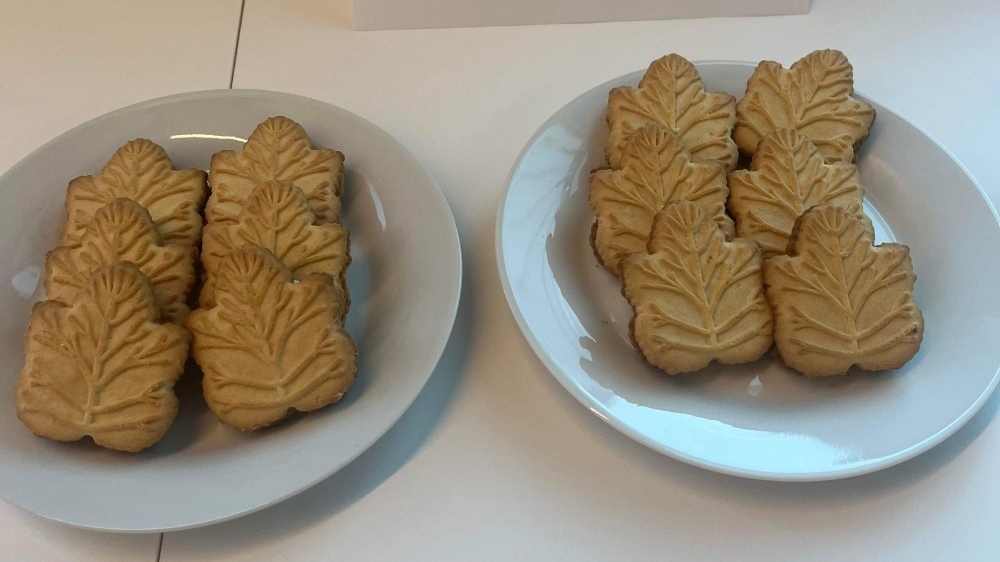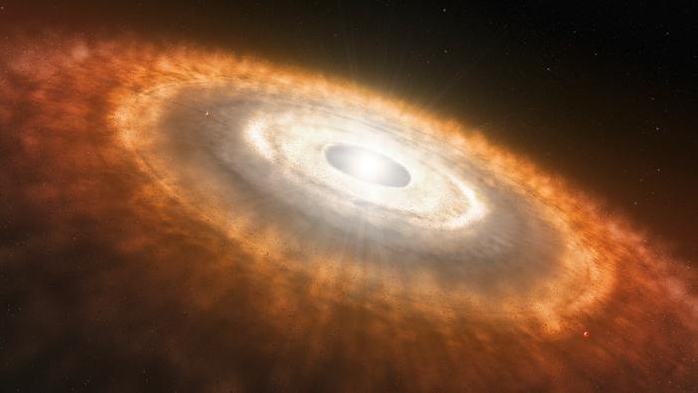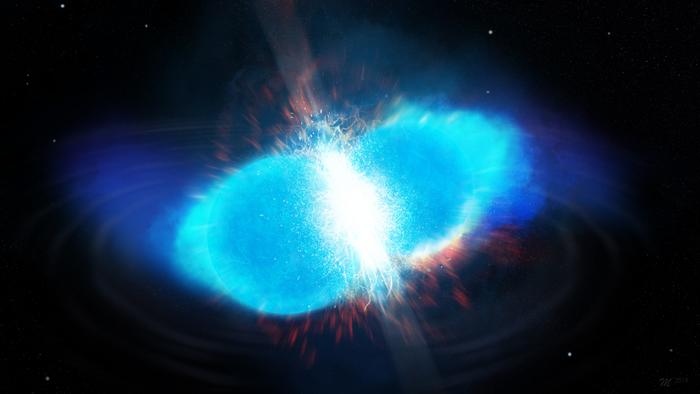Canadian astronauts will have a taste of home in their upcoming space missions to the moon and the International Space Station.
The Canadian Space Agency (CSA) has selected five Canadian food products to add to the menu for the crew of the 10-day Artemis II and the six-month Starliner-1 International Space Station missions. NASA is responsible for creating the full menu, including three meals and a snack every day.
The Artemis II mission is set to launch in September 2025, with CSA astronaut Jeremy Hansen set to be the first Canadian to fly around the moon. The International Space Station mission will begin at the start of 2025 at the earliest. Astronaut Joshua Kutryk will be the first CSA astronaut to do this mission under NASA’s Commercial Crew Program.
The CSA selected food that is dehydrated and would make minimal food waste, said Natalie Hirsch, project manager of operational space medicine with the Canadian Space Agency. She notes that the Orion capsule for Artemis II has a small liveable space of only cubic nine metres.
Both missions include the following five Canadian items on the menu, which are available commercially in stores in Canada, Hirsch said.
Strawberry lavender superseed cereal
The strawberry lavender superseed cereal comes from an Ontario company, Hirsch said, and includes chia seeds, pumpkin seeds, buckwheat and hemp that are mixed with water.
It will have a strawberry and lavender flavour, though the packaging for space will be different than the one on Earth, she pointed out. For space, it will have packaging designed to connect it to a water dispenser.
This allows the astronaut to keep the food contained and avoid opening the package since water would float, rather than flow, in space because of microgravity, or when the pull of gravity is weak, NASA says.
“You can knead the package to make the water mix with the cereal and wait for it to hydrate, and you can cut open the package to eat it,” Hirsch said in a phone interview with CTVNews.ca. “Once water is mixed, it’s sticky and mushy. You won’t worry about little pieces of seeds or food floating.”
Shrimp curry and rice
Astronauts will get shrimp curry and rice for their meals courtesy of a Quebec company. This dish, using real shrimp, also requires water to be added, meaning it will also be connected to a water dispenser. The sauce will allow pieces of rice to stick together and avoid them from floating away, Hirsch said.
She said this product is made for camping and can be found in outdoor equipment stores in Canada.
Smoked salmon
Little cubes of smoked salmon from the West Coast will be another option for the space crew. Astronauts can cut open the package and eat the salmon directly.
Maple cream cookies
Hirsch said the traditional maple cream cookies from Quebec will probably be repackaged into smaller packages instead of a box to decrease the chance of crumbs floating around. It will have the familiar biscuit on the outside and cream filling.
“Because everything floats, it’s easier to get into their eyes or for them to breathe it in and get it into their lungs, and also it can get into some of the equipment or hardware that’s in the vehicle,” she explained.
Maple syrup
The maple syrup from Quebec will be in a plastic tube, which Hirsch said makes it easier to use in space.
She said the top can be flipped open and the product squeezed out, which is more manageable than opening a bottle in microgravity.
Drinks
For drinks, the astronauts will primarily have water, which will be in a pouch that connects to a dispenser and has a straw with a clip to seal it. There may also be coffee, tea and fruit drinks.
How eating is different in space
When in space, humans won’t have the same force pulling all fluid toward the feet like on Earth, so they will feel like they have a cold or stuffy nose and can’t taste food that well.
“The longer you are in space, the more the body adapts to microgravity,” Hirsch said, noting it could take one or two weeks to adjust. “They usually find, because of that congestion while they’re still adapting to microgravity, they like products that are a bit spicier because I guess they can taste it more.”
That’s why people who initially spend time in space have puffy faces and slimmer legs since they have more fluid in their head, but eventually the body gets used to the environment, she said.
Criteria for choosing food
CSA chooses products that have a long shelf life, don’t create a lot of crumbs, and are easy to eat and prepare in space, Hirsch said.
Food shouldn’t easily spoil, so the CSA often uses dehydrated products.
“When it comes to food, there’s no refrigerator or freezer, so all food we send has to stay good and healthy and safe to eat without going in the fridge or freezer,” she said.
They also need time to transport it to Florida’s Kennedy Space Center where the capsule will launch. “In the end, we look for products with a shelf life of about (a) year and a half to ensure enough time to ship to the States.”
Staff at the CSA taste test each product and evaluate it on a scale of 1 to 10. Products ranked 7 or more on average will be presented to astronauts, who will taste and rate them before CSA selects the products for the mission.
Astronauts can also bring their favourite food – even junk food – to space as long as it meets the criteria.
“Having (a) taste of home is really helpful for mental health, like being able to eat something you love at home,” Hirsch adds.
She said CSA helps astronauts meet their nutritional requirements and address the changes the body goes through in microgravity.
The crew will get most of its vitamins and minerals through the dehydrated vegetables and fruit in the menu items since there is no fridge or freezer. At the International Space Station, crew members will sometimes get fresh fruit or vegetables but they have to eat it quickly, Hirsch added. Vitamin D supplements are provided for crew members since they don’t get ultraviolet light from the sun while in space.




